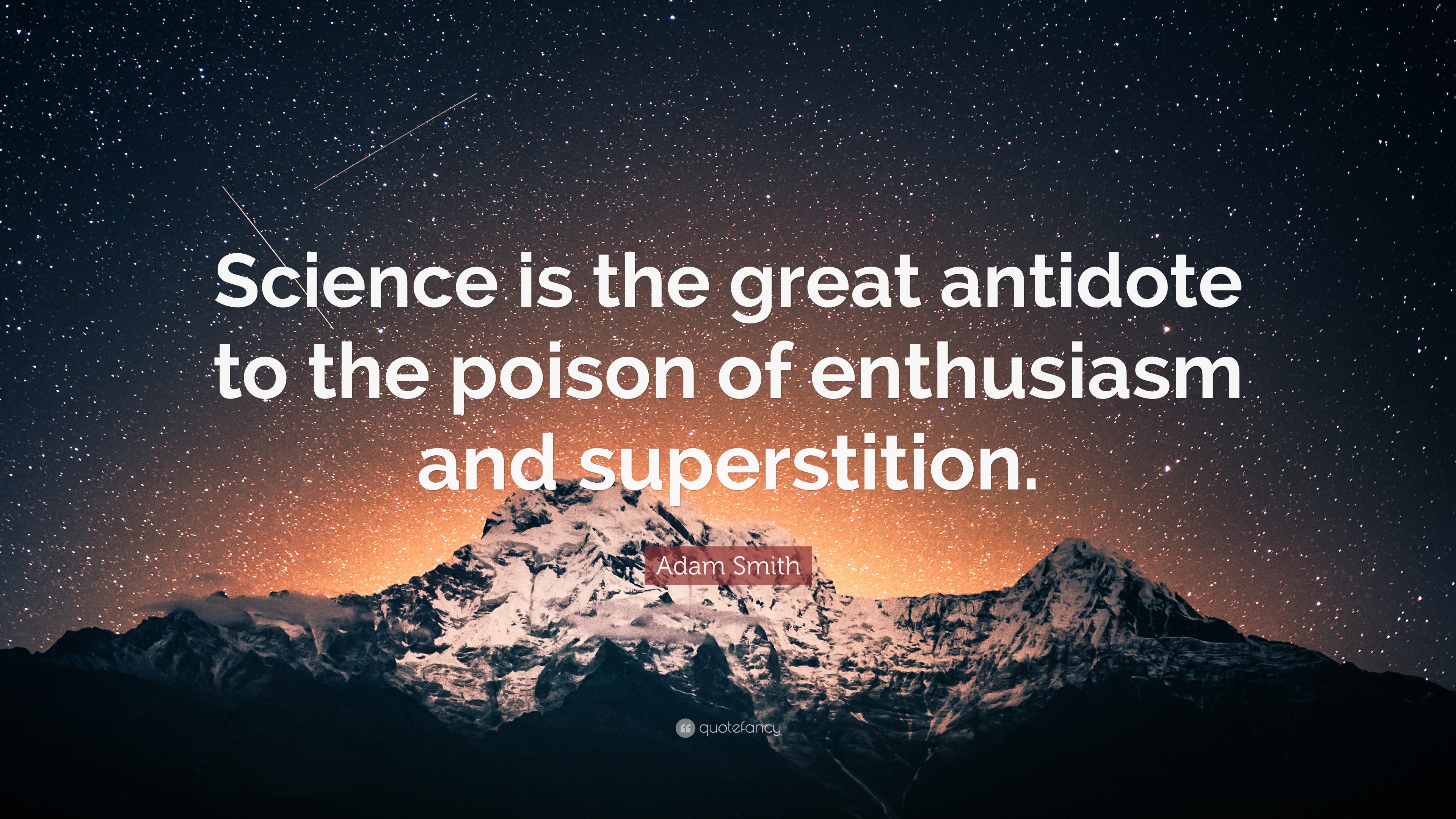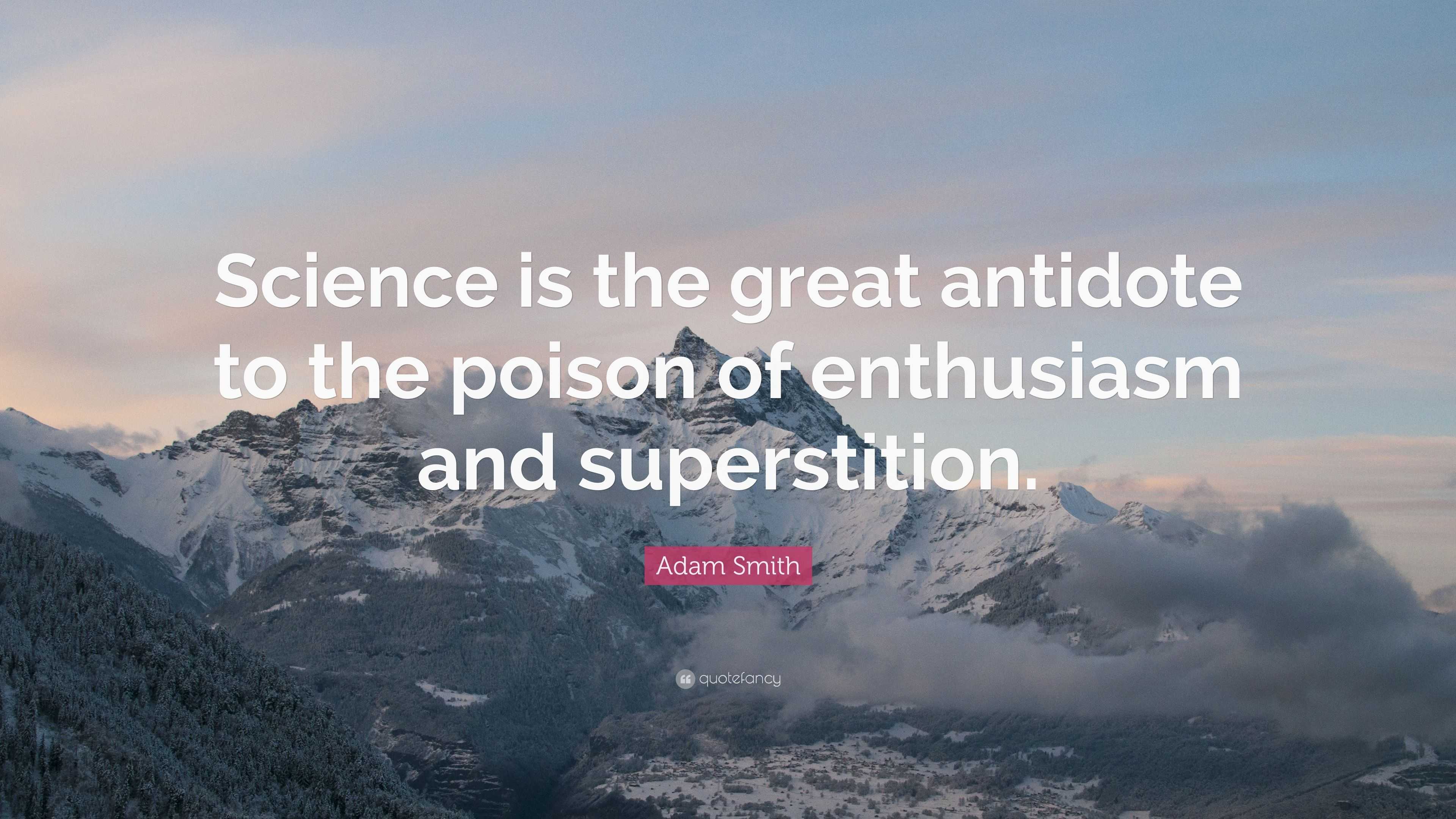

And then if we’re lucky, they lived happily ever after. First, this happened, and then this happened, and then this happened. And I was imagining, you know, being a Gen X, or being an 80s kid, and having the teacher lay that transparency back when we used to have transparencies instead of smart boards, and the teacher would lay this transparency and would draw in a marker and shine the light up to the front of the class.Īnd in that way, I just kept thinking, this as a transparency, this rising action and this plot structure, I don’t know how to overlay this or map this onto my lived life, like lived experience does not feel as neat as writing the plot of a story. When I think about story, I think about that famous plot diagram that looks l kind of like a steep mountain, right, where we’re kind of climbing up the rising action, and then we hit this sort of peak crisis, and then we have the falling action in the resolution.

And so, going into this memoir, I realized, okay, so I’m having to tell the story of my adult life. I’m not a fiction writer, I write poems, I write essays.

So, plot has not been on my list of things to make, right? I haven’t needed that.

Maggie Smith: I think probably because I was approaching this book as a poet. Why was this idea of plot so interesting to you that it was something you came back to throughout the book? Mitzi Rapkin: Can you talk about plot? You know, memoir is our life, it’s not a plot and you ask questions about plot in the book, but you also write it’s not about the plot, it’s just about what it means.


 0 kommentar(er)
0 kommentar(er)
